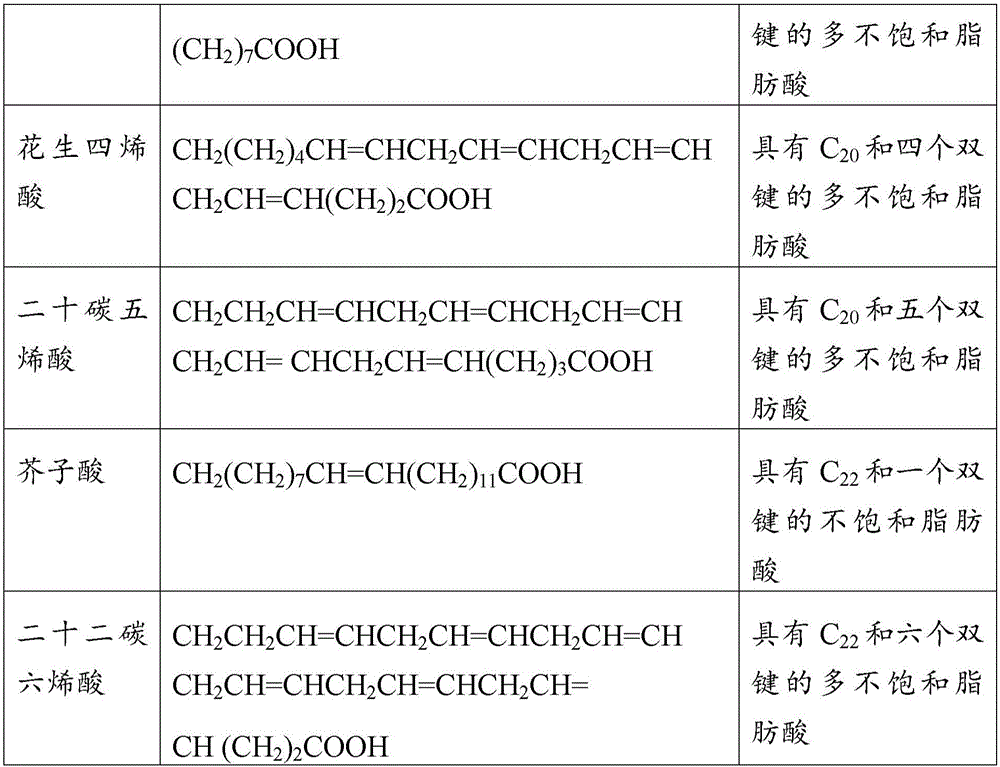Methods of using a phenolic fatty acid compound on a synthetic fibrous material
A technology for synthesizing fabrics and fatty acids, used in the preparation of organic compounds, chemical instruments and methods, organic chemistry, etc.
- Summary
- Abstract
- Description
- Claims
- Application Information
AI Technical Summary
Problems solved by technology
Method used
Image
Examples
Embodiment 1
[0128] Embodiment 1: the preparation of phenol stearic acid
[0129] 100 parts of phenol and 5 parts of p-toluenesulfonic acid (PTSA) were heated in a glass flask equipped with a stirrer, thermometer and a water-cooled condenser arranged to return condensed water to the flask. The reaction mixture was heated to between 90°C and 105°C. Over a period of 3 hours, 100 parts of oleic acid were added to the reaction mixture while maintaining a reaction temperature of 90-105°C. The reaction was allowed to proceed for 5 hours with hourly checks for unreacted phenol by GC. At the end of the 5 hours, 45 parts of a 50% caustic solution were slowly added to the reaction mixture to neutralize the PTSA. Unreacted phenol was removed by distillation at a temperature of 130° C. under 40 mm vacuum. Optionally, to further reduce residual phenol, 10 pph of distilled water was added to the reaction mixture and distilled at 130 °C and 40 mm vacuum. The resulting product recovered in an amount o...
PUM
| Property | Measurement | Unit |
|---|---|---|
| iodine value | aaaaa | aaaaa |
Abstract
Description
Claims
Application Information
 Login to View More
Login to View More - R&D
- Intellectual Property
- Life Sciences
- Materials
- Tech Scout
- Unparalleled Data Quality
- Higher Quality Content
- 60% Fewer Hallucinations
Browse by: Latest US Patents, China's latest patents, Technical Efficacy Thesaurus, Application Domain, Technology Topic, Popular Technical Reports.
© 2025 PatSnap. All rights reserved.Legal|Privacy policy|Modern Slavery Act Transparency Statement|Sitemap|About US| Contact US: help@patsnap.com



